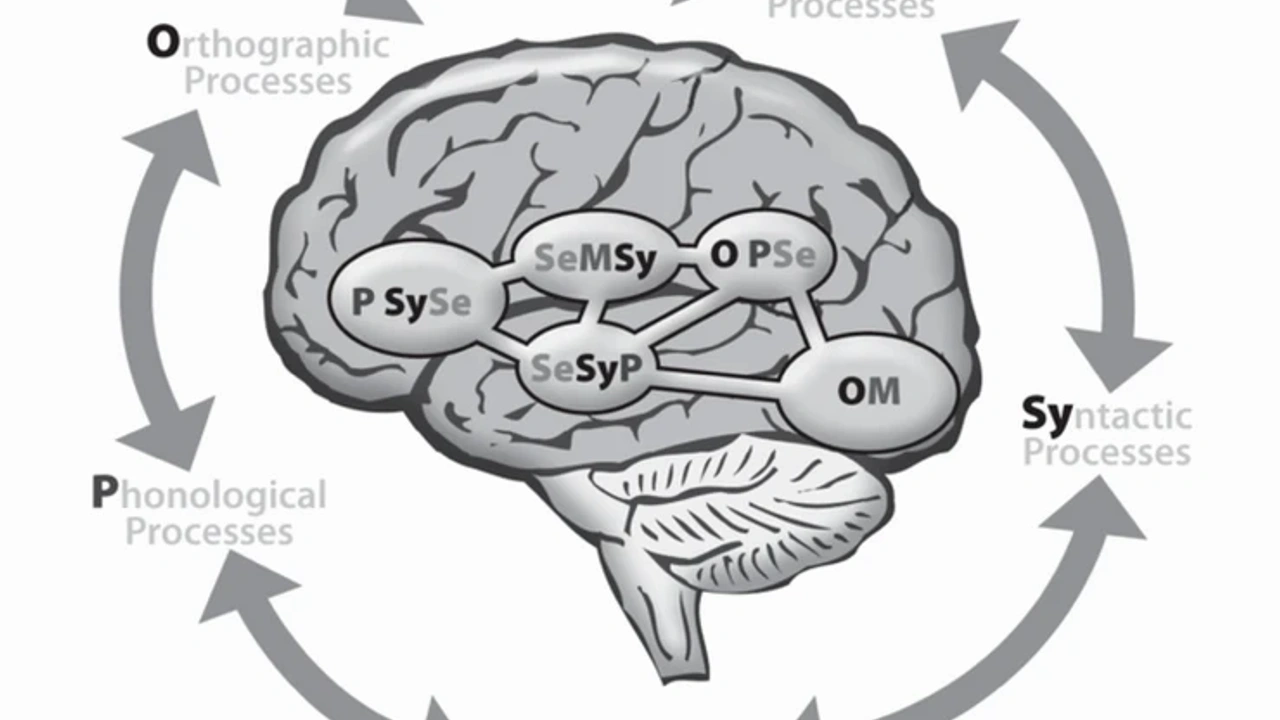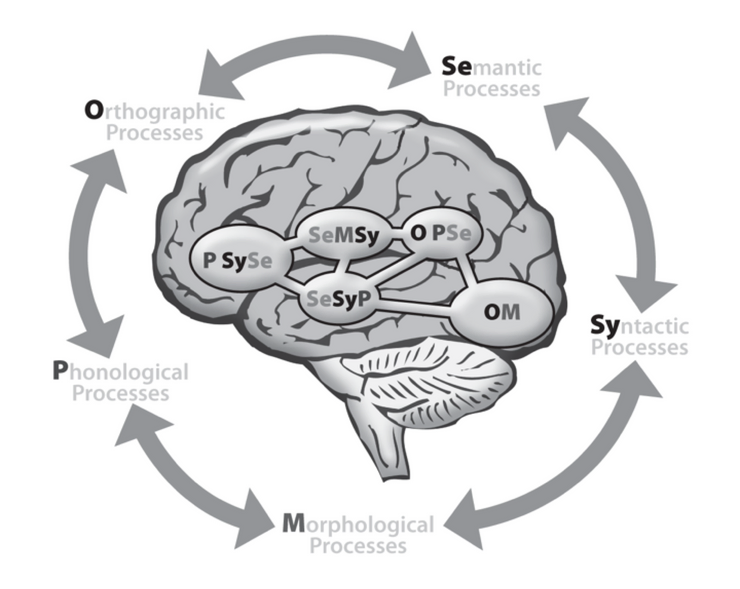Building Fluency Among Students with Rapid Automatized Naming (RAN) Weaknesses
Oct 01, 2020
When I present on the topic of fluency, I ask the audience to describe the process in their own words. Defining fluency comes easily to most elementary educators, and the group usually lands on a variation of the following description: Fluency is accurate, prosodic reading that sounds like natural speech and is automatic enough to allow for attention to meaning. Would you agree? Certainly, it is an accurate characterization of the behavior of a fluent reader and well-aligned with findings from the National Reading Panel (2000).
Then I move onto the next challenge, and I ask the group to describe how fluent reading occurs. By what mechanism does a student move from word by word or sound by sound reading to fluency? This question generates much more debate and a consensus is not always reached. Many educators believe that models of phrasing paired with practice act as the primary method, but others are not convinced. They describe students for whom the process moves at a painstaking pace.
The instructional implications from these findings are numerous and spotlight the importance of a multi-linguistic curricula that simultaneously and explicitly teaches students all aspects of word knowledge. One structured literacy curriculum that features a multi-linguistic approach is the RAVE-O program. In fact, research studies that examined the effectiveness of RAVE-O found that among students with Rapid Automatized Naming weaknesses, RAVE-O was more effective then phonics alone and made a more significant impact on fluency and comprehension skills than a repeated reading approach.
How To Build Fluency in Students with Weak RAN Scores
RAN is a measure of students’ ability to retrieval a verbal label (or name) for a given symbol (object, letter, number or color). Rate of retrieval is highly predictive of later reading automaticity (Norton & Wolf, 2012) because the processing required for in a RAN task involves the same neurological mechanisms that are active in the brain’s “reading circuit.” Reports of students’ scores on RAN measures are becoming more common as dyslexia screening and eligibility testing expands nationally.
As educators work to differentiate instruction among their struggling readers, indicators like Below Average scores in Rapid Automatized Naming (also referred to as Naming Speed) provide insights into the root cause of students’ challenges. As noted earlier, there is significant evidence to suggest that in order for students with low RAN scores to achieve fluency, they must become automatic not only in their retrieval of sounds in a word (phonology) and common letter patterns (orthography) which is the emphasis of phonics instruction, BUT ALSO word meaning (semantic), part of speech (syntax) and how the word might change with a prefix or suffix (morphology).
Going Beyond Repeated Reading to Offer Strategic Instruction
Together Phonology, Orthography, Semantics, Syntax, and Morphology—form the five aspects of word knowledge, what I will begin referring to as POSSuM skills. These skills map directly onto the areas of the brain that are activated during fluent reading (see Figure 1).
Figure 1: The 5 Aspects of Word Knowledge (Phonology, Orthography, Semantics, Syntax & Morphology: POSSuM) Mapped Onto the "Reading Circuit.
When teachers provide direct, intensive and systematic instruction across all the POSSuM elements of word knowledge they offer the stimulus necessary to activate all areas of word knowledge, and thereby increase fluency and comprehension across all levels of text reading.
The next blog post will highlight the curriculum, RAVE-O that has demonstrated efficacy in building fluency and comprehension by addressing all aspects of word knowledge in each lesson. To learn more about RAVE-O join a free webinar hosted by Voyager Sopris, Tuesday, October 6th at 2 pm CT/3 pm EST.
Stay connected with news and updates!
Join our mailing list to receive the latest news and updates from our team.
Don't worry, your information will not be shared.
We hate SPAM. We will never sell your information, for any reason.

